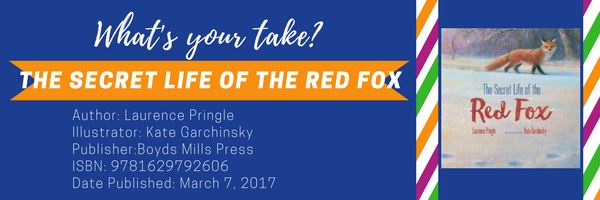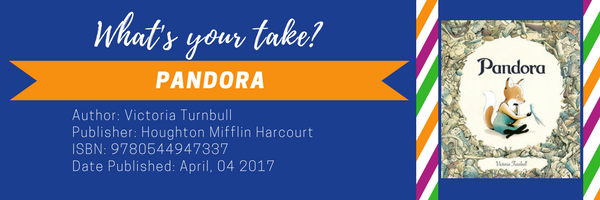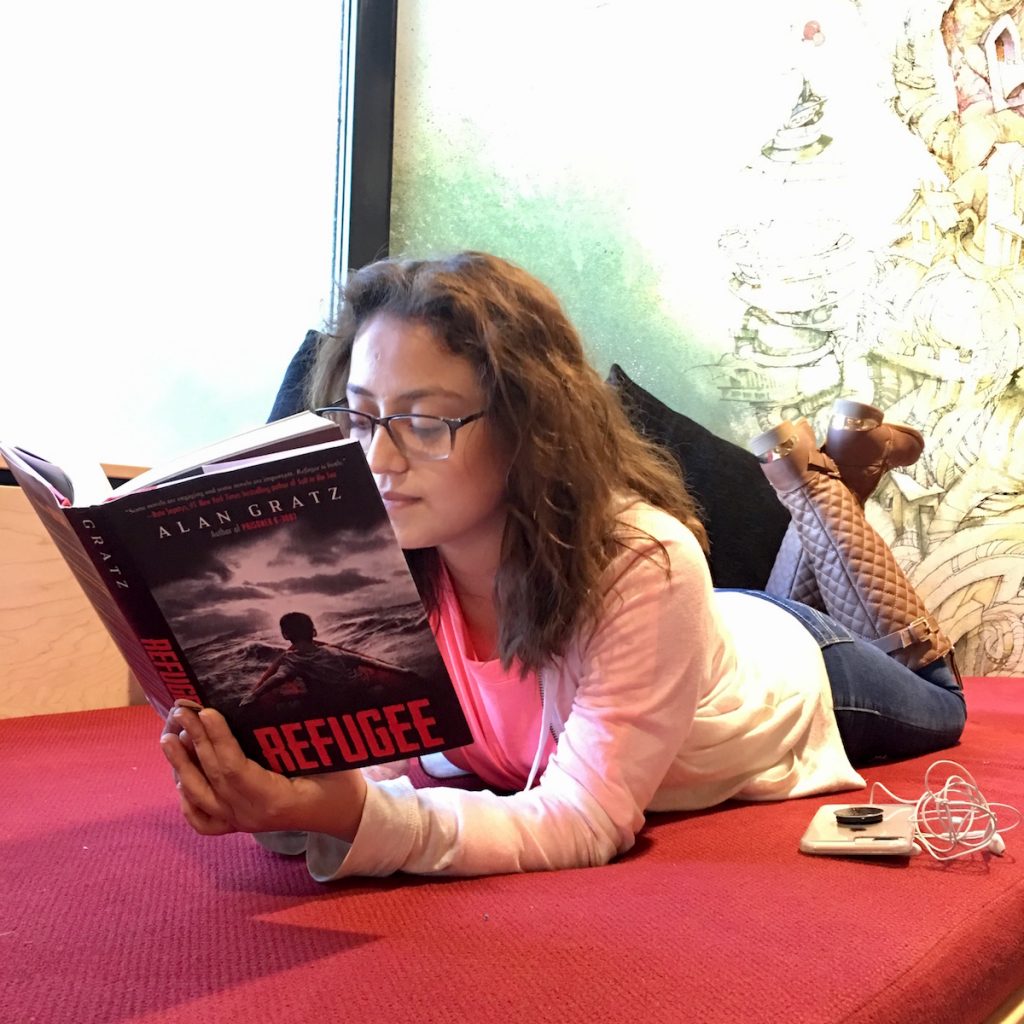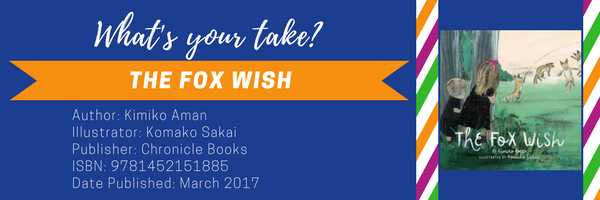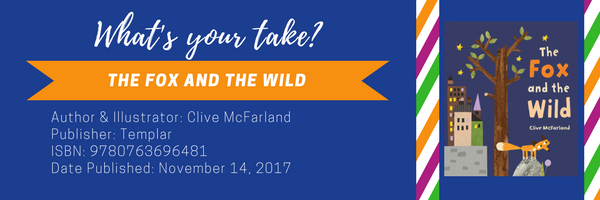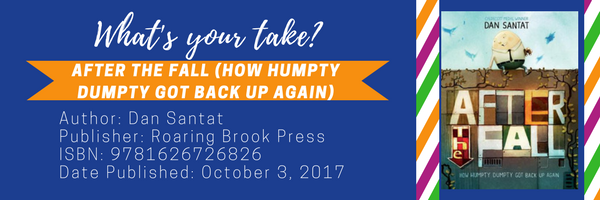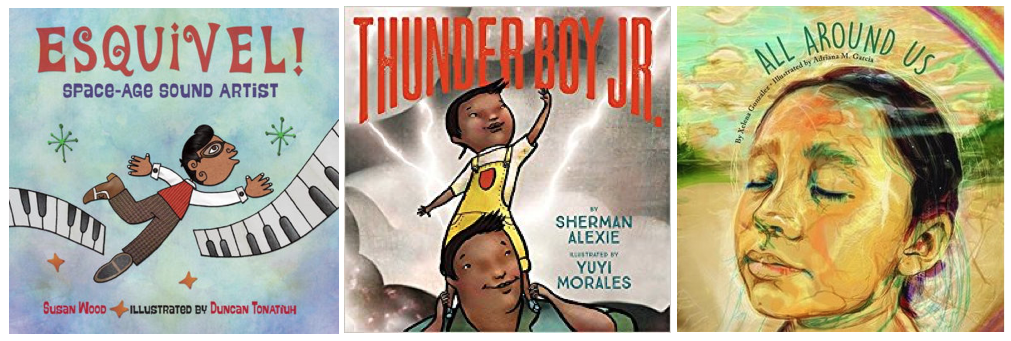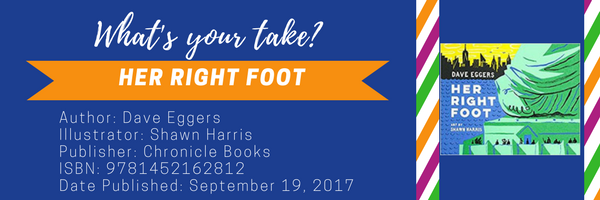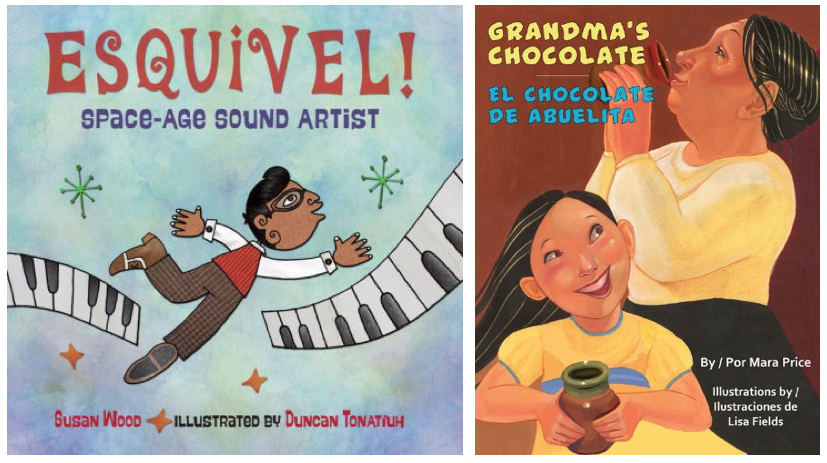Throughout January, we discuss the representation of foxes in recently published children’s books. This became our focus as we served on literature award committees and noticed so many picturebooks about foxes piqued our interest. We wondered if this representation or characterization of the fox changed from the traditional portrayals of foxes. This is our fourth book to give our take on this month. We started with The Fox and the Wild, then looked at The Fox Wish and discussed Pandora last week. This week we give our takes on The Secret Life of the Red Fox by Laurence Pringle and Kate Garchinsky.
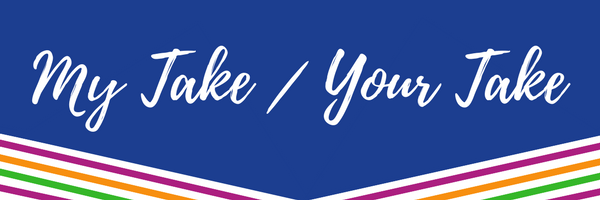

MTYT: Pandora
Last week we mentioned that those of us who serve on literature award committees noticed recent picturebook releases about foxes piqued our interest. We wondered if this representation or characterization of the fox had changed from the traditional portrayals of foxes. Are fox characters more empathetic? We started with The Fox and the Wild and then looked at The Fox Wish. This week we give our takes on Pandora by Victoria Turnbull.

WOW Launches Teen Reading Ambassador Initiative
By Rebecca Ballenger, Coordinator of Outreach and Collections, Worlds of Words
Worlds of Words opened applications for a pilot program that positions local teens as reading ambassadors in their own high schools. Teens in the program interact with published authors of young adult literature, receive books by that author and share their experience with their peers to promote reading in their school communities. The Teen Reading Ambassador (TRA) initiative is administered by WOW in the University of Arizona College of Education.

MTYT: The Fox Wish
As we mentioned last week, several of us serve on literature award committees and noticed that in 2017 publishers released interesting books about foxes. We wondered if the representation or characterization of the fox had changed from the traditional portrayal as a sly personality in trickster tales, classics or modern tales. Are fox characters more empathetic? Last week we looked at The Fox and the Wild. This week we take on The Fox Wish by Kimiko Aman.

MTYT: The Fox and the Wild

Several members of our group serve on literature award committees and noticed that in 2017 publishers released some interesting books about foxes. We wondered if the representation or characterization of the fox changed from the traditional portrayal as a sly personality in trickster tales, classics like Aesop’s Fables, Pinocchio and Three Little Pigs, or modern tales like Fox (Margaret Wild and Ron Brooks) and Rosie’s Walk (Pat Hutchins). Are fox characters more empathetic in recent publications such as Pax (Sara Pennypacker and Jon Klassen)? In week 1, we discuss The Fox and the Wild by Clive McFarland.

WOW Recommends: Emily Carroll’s Graphic Novelization of Speak
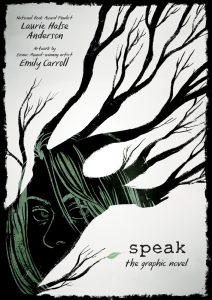 Speak: the graphic novel, written by Laurie Halse Anderson and illustrated by Eisner Award-winning artist Emily Carroll, takes a probing look at sexual assault and its consequences for adolescents. Melinda Sordino, a freshman at Merryweather High, is raped at a party and unable to speak out against her attacker. Instead, she expresses her feelings in the haven of art class, where her teacher challenges her to dig deep and voice her feelings artistically. Her struggle to cope with and communicate her depression is echoed in the stark, unforgiving greyscale of Carroll’s artwork. Melinda finds comfort in creating a space all her own, regains her confidence with the help of new found friends and is ultimately able to speak up against her attacker. This emotional novel challenges the reader to understand the reality and repercussions of sexual assault and the difficulty of seeking justice. –Recommended by Angel Stone, WOW Intern, University of Arizona Continue reading
Speak: the graphic novel, written by Laurie Halse Anderson and illustrated by Eisner Award-winning artist Emily Carroll, takes a probing look at sexual assault and its consequences for adolescents. Melinda Sordino, a freshman at Merryweather High, is raped at a party and unable to speak out against her attacker. Instead, she expresses her feelings in the haven of art class, where her teacher challenges her to dig deep and voice her feelings artistically. Her struggle to cope with and communicate her depression is echoed in the stark, unforgiving greyscale of Carroll’s artwork. Melinda finds comfort in creating a space all her own, regains her confidence with the help of new found friends and is ultimately able to speak up against her attacker. This emotional novel challenges the reader to understand the reality and repercussions of sexual assault and the difficulty of seeking justice. –Recommended by Angel Stone, WOW Intern, University of Arizona Continue reading

MTYT: After the Fall
For the last My Take/Your Take of this month (and this year!) Prisca and Ray share their take on After the Fall (How Humpty Dumpty Got Back Up Again) by Dan Santat, which puts a clever twist on the end of a familiar nursery rhyme.
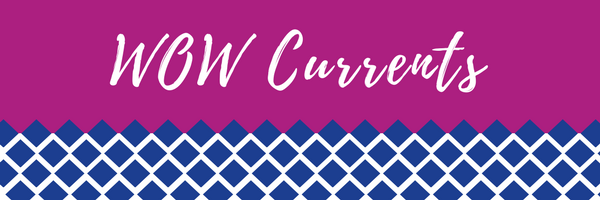
An Interview with Mary Margaret Mercado: Authentic Picturebook Illustrations
Interview conducted by Judi Moreillon
Part 4: Authentic Picturebook Illustrations
This month, I interview Pima County Public Library children’s librarian and children’s book reviewer, Mary Margaret Mercado. Last week, Mary Margaret responded to questions related to authenticity in picturebook stories. This week, our conversation centers on authentic picturebook illustrations.

MTYT: Her Right Foot
This week, Prisca and Ray return to a familiar face with Her Right Foot by Dave Eggers and Shawn Harris, and discuss who the Statue of Liberty really is for so many Americans.

An Interview with Mary Margaret Mercado: Authentic Picturebook Stories
Interview conducted by Judi Moreillon
Part 3: Authentic Picturebook Stories
This month, I interview Pima County public librarian children’s librarian and children’s book reviewer Mary Margaret Mercado. Last week, Mary Margaret responded to questions related to publication practices with a closer look at the author, illustrator and translator’s cultural knowledge. This week, our conversation centers on the authenticity of the story itself.

